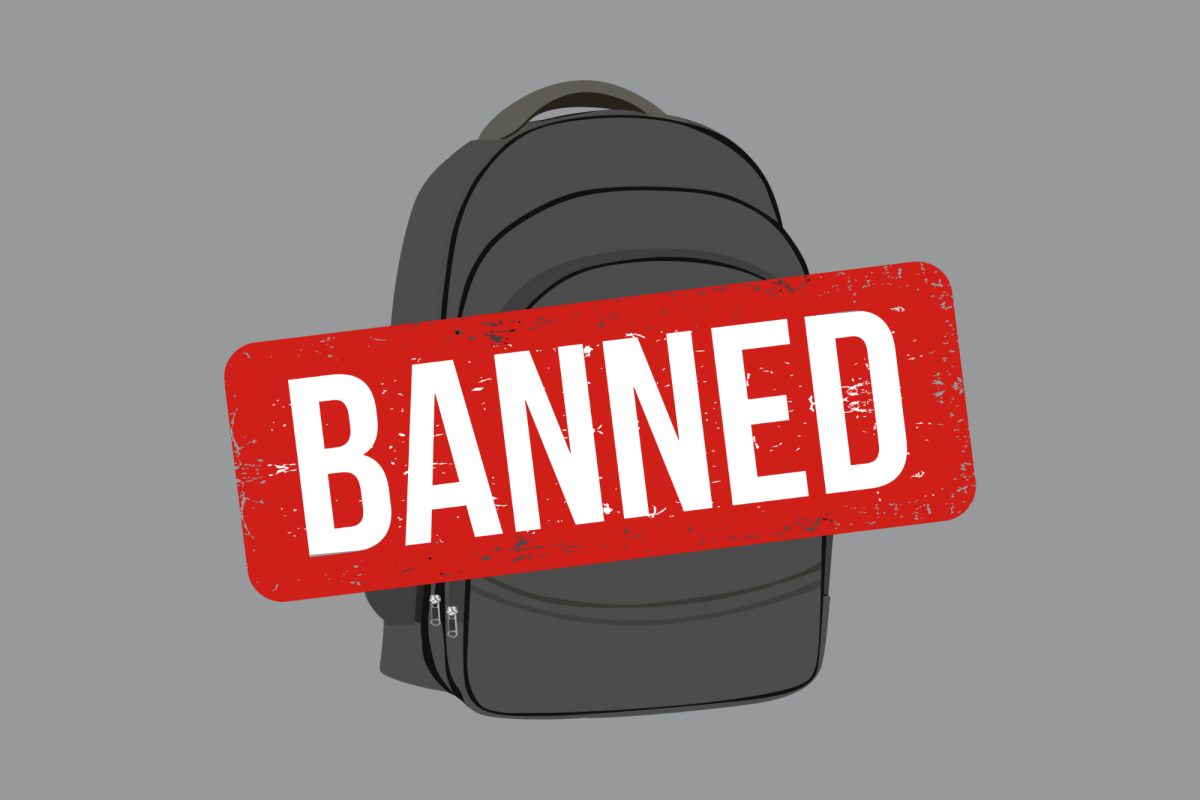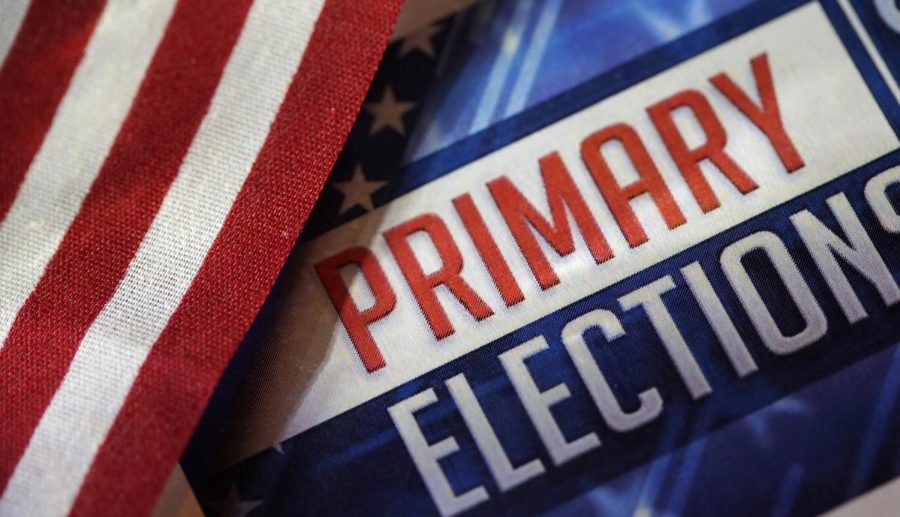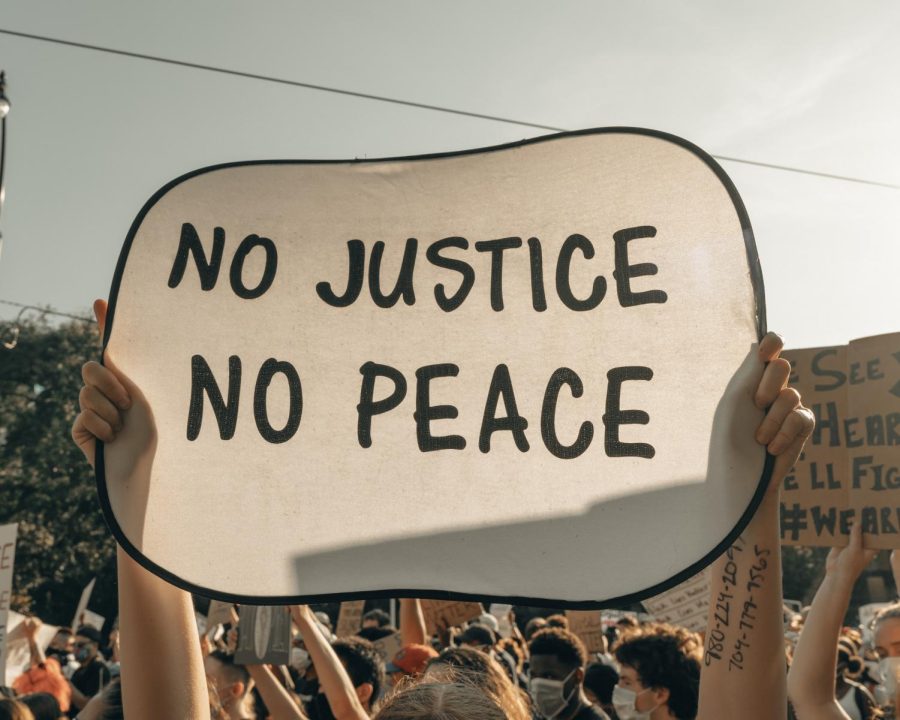Timeline of the Attack on Iran
January 22, 2020
Jan. 3, General Qasam Soleimani’s plane arrived at Baghdad International Airport. A U.S. Airforce MQ-9 Reaper drone hovered above Soleimani and other pro-Iranian military figures as they unboarded. Within 20 minutes, the Reaper drone launched several missiles, engulfing the two vehicles holding Soleimani and nine others in flames, leaving no survivors.
Who is Soleimani?
Soleimani was commander of the Quds Force, which has been named a terrorist organization by the U.S. and Canada, as well as other countries. He was considered the second most powerful person in Iran. He even wrote the commander of the Multi-National Force in Iraq, a letter in 2008 claiming to be “in charge” of the Iranian policies concerning Iraq, Lebanon, Gaza, and Afghanistan.
What lead to it?
Tensions rose between Iran and the U.S. in 2018 after President Donald Trump unilaterally withdrew from the 2015 nuclear deal and severely affected Iran’s economy.
In late December, the K-1 Air Base in Iraq, housing Iraqi and U.S. personnel was attacked and lead to the death of an American contractor. The U.S. responded by launching airstrikes across Iraq and Syria, killing 25 Iran-backed soldiers. Days later, an attack on the U.S. embassy left 25 dead and more than double that were wounded. Trump rejected the option to target Soleimani just five days prior to the attack.
Jan. 9, Trump said, “We did it because they were looking to blow up our embassy. We also did it [because] one of our military people died. People were badly wounded just a week before.”
Soleimani had been planning attacks on four U.S. Embassies in the Middle East. Defense Secretary Mark Esper said there was evidence of a plot against the U.S. embassy in Baghdad, but the president didn’t cite information about the other three targets he mentioned, and therefore, she believed there probably could have been a plan against those embassies.
What was the response?
Jan. 5, the Iraqi parliament passed a non-binding resolution to expel all foreign troops from its territory and abandoned all promises to the 2015 international nuclear deal. Later that week, The Islamic Revolutionary Guard Corps (IRGC) launched multiple missiles on an airbase in Western Iraq and an airbase in Kurdistan. On January 11th, Iran unintentionally shot down a Ukranian passenger airline, fearing it was an American attack. All 176 people on board, including dozens of Iranians were killed.
What now?
Iran maintains that it was an act of state terrorism and Iran’s supreme leader Ali Khamenei warned that retaliation is waiting. The Iranian government will hold a meeting to discuss the event. U.S. officials promise they would proactively attack any Iran-backed military groups in Iraq they perceive as a threat. The U.S. Department of Homeland Security admitted that there is no credible threat to the U.S. mainland.
A day after the attack, 3,500 American troops were deployed to the Middle East, one of the largest rapid deployments in decades. The U.S. embassy in Baghdad urged Americans to leave Iraq immediately in any way possible. Britain and Australia also advise their citizens to leave and cautioned travel to the area. Additionally, global oil prices rose to heights not seen.
What’s the problem?
An agreement was signed in 2008 that prohibits the U.S. from launching attacks on other countries from Iraqi territory and the airstrike was planned without permission from Congress. Additionally, a member of the United Nations (UN) said that the airstrike violates international human rights laws, adding that the killing of others alongside Soleimani was absolutely unlawful. Some argue that Trump had the authority under Article II of the U.S. Constitution and the Authorization for Use of Military Force Against Terrorists (AUMF) law may help Trump justify it.
The New York Times compared the attack to an operation in World War II that lead to the death of a Japanese admiral, which the article states was “the last time the U.S. killed a major military leader in a foreign country”. The charter of the UN prohibits non-consensual force against states on foreign soil, and Iraq did not grant permission to the U.S. to target a military commander from another country on its soil. Some believe the lack of consent from Iraq doesn’t allow the U.S. to justify their actions.
A day after the attack, Trump tweeted that 52 Iranian targets had been selected in case Iran “strikes any Americans or American assets”. Iranian President Hassan Rouhani responded with: “Those who refer to the 52 should also remember the 290,” referring to the 1988 shooting of Iranian Air Flight 655, in which 290 were killed. Among those targets were Iranian cultural sites, and Trump subsequently said he would not hesitate to destroy them even after some considered it a war crime.















































